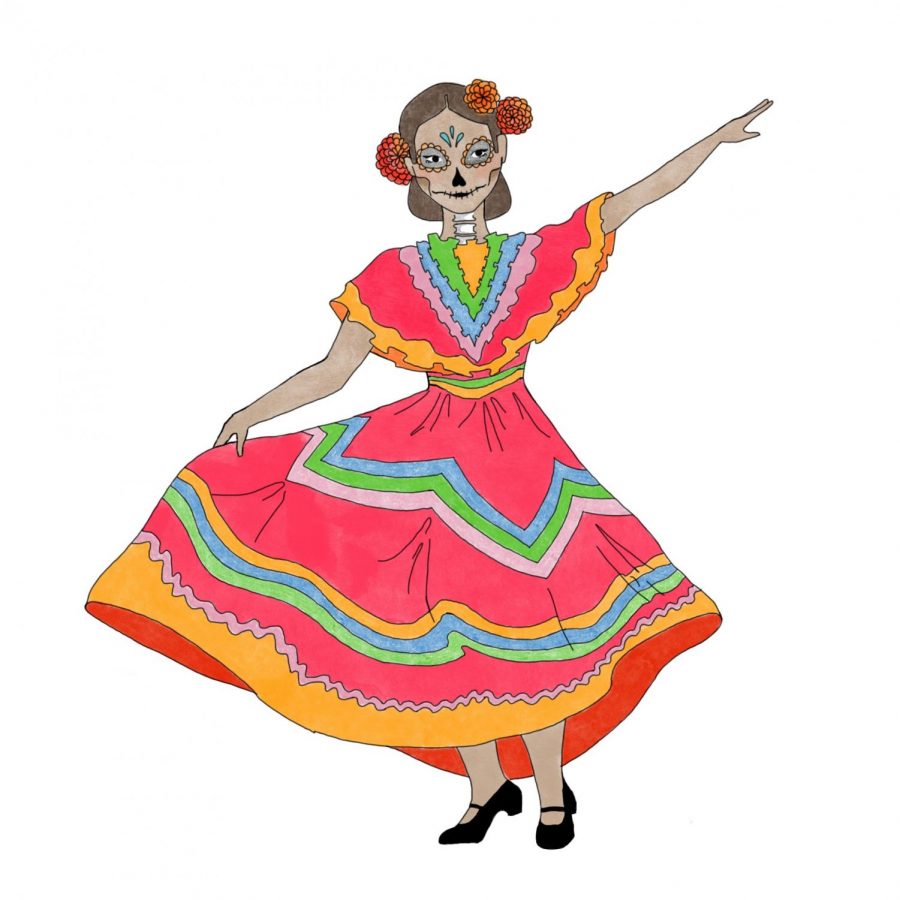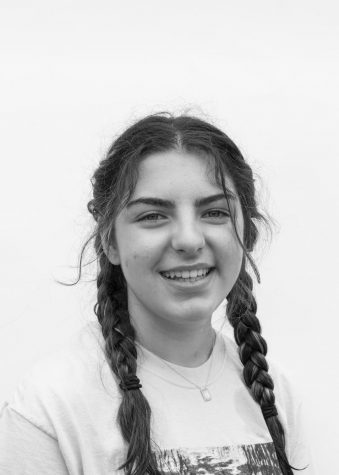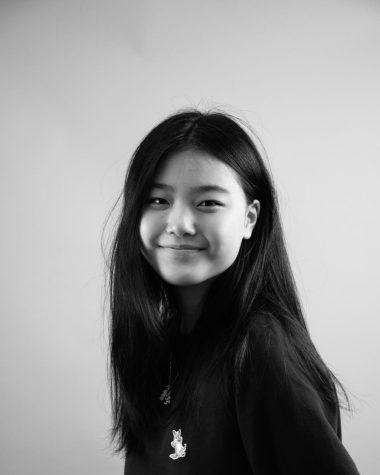CRLS Celebrates Dia de los Muertos Online During Pandemic
December 1, 2020
The purpose of this three day holiday is to celebrate life, and to show love and honor to deceased family and friends. Dia de los Muertos, or the Day of the Dead, is a traditional Mexican holiday which starts on October 31st, with festivities, food, dancing, and music. The roots of the holiday date back to around 3,000 years ago with the Aztecs participating in honoring the dead in pre-Columbian Mesoamerica. In medieval Spain, people would bring “pan de animas,” or, “bread of the spirit,” and wine to the graves of their ancestors, along with flowers and candles to illuminate the souls of the deceased.
The CRLS Latinx club members have embodied and mirrored those traditions as a way of celebrating the Latin culture. A common tradition of the holiday is preparing ofrendas, or altars, as a way for the living family to welcome their deceased honored guests into their celebrations. They usually include an assortment of the family members’ favorite foods, decorated with candles and brightly-colored flowers. Club member Adelina Escamilla-Salomon ’23 tells the Register Forum that, “In my family we decorate an altar that is usually always up, but it is more symbolic during this time of year.” Elena Serpas ’23 adds on: “I am not Mexican, my family is El Salvadorian, but we actually celebrate Dia de los Muerto[s] by eating a bunch of mom’s food.” Amongst the many delicacies enjoyed during the festivities, some of the more common ones include sugar candy molded into the face of skulls, “pan de muerto” a sort of sweet bread, spicy dark chocolate, and a corn-based liquor.
While the club has been translated online through Zoom meetings, they have been celebrating the holiday mainly by spreading awareness about it, and sharing their unique stories. Natasha Butler-Rahman ’23 explains, “This year we experienced a few losses in our family and we were talking about putting up an ofrenda [altar], and we thought about how it means a lot to us this year.”
Rather than mourning the loss of the dead, the tradition calls to celebrate with activities enjoyed during their lifetime. Dia de los Muertos recognizes death as a part of the cycle of life and maintains the dead as part of members of their community “awakened from their eternal sleep” for a brief reunion with their family. On the Day of the Dead the border between the spirit world dissolves and the deceased return to the living world to celebrate with their families through music, dancing, and parades.
Mr. Christopher Montero, the Latinx Club advisor, adds, “I also think of it as a way of celebrating the indegenous roots of Latinx culture, because it is a holiday and a practice that comes from pre-Columbian times, and the Spanish Portuguese coming over and it is part of honoring that culture and history.”











